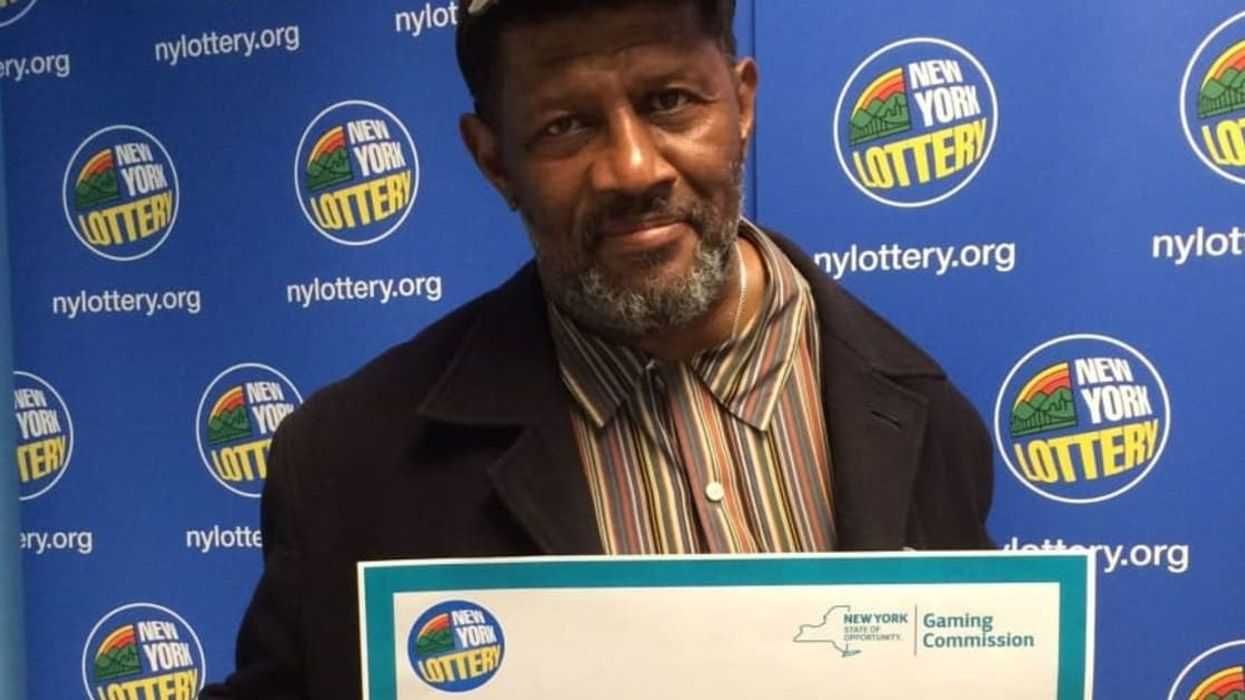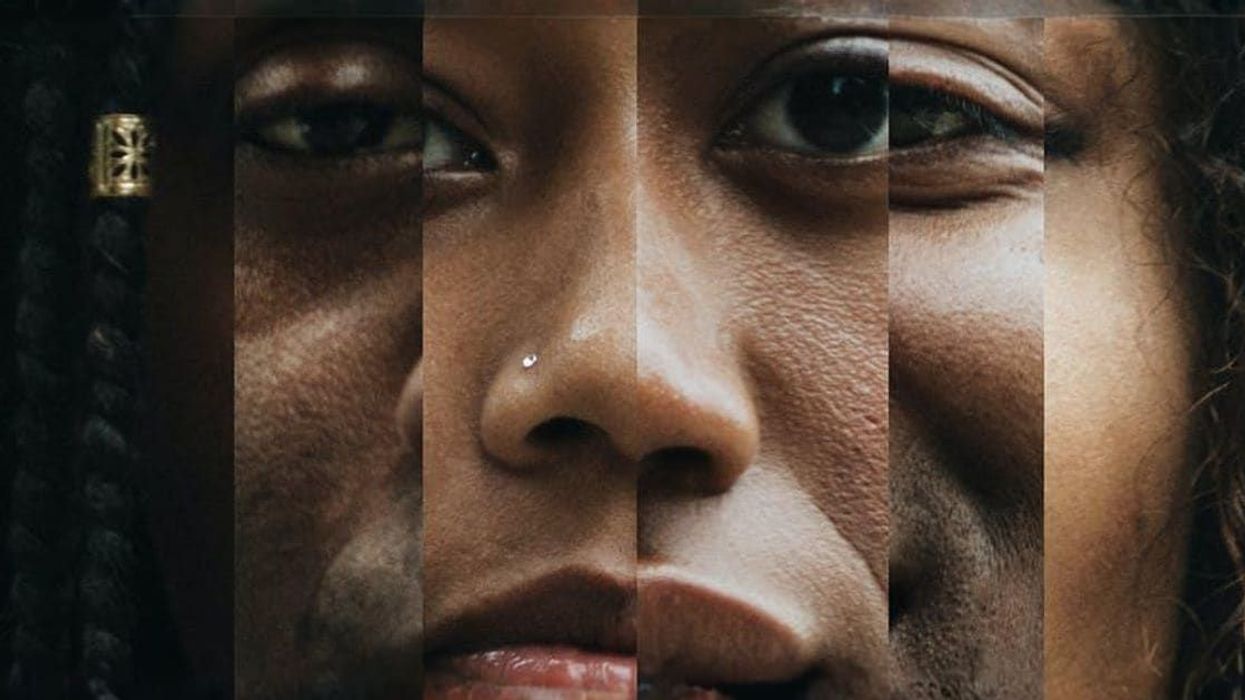Attention shoppers: The fresh Chilean sea bass in the seafood case—that filet of Marine Stewardship Council-certified “best choice” fish—might not be Chilean. In fact, it may not even be sea bass.
Earlier this year, biologist Peter Marko visited ten different supermarkets and bought 36 filets of certified sustainable Chilean sea bass. In a letter published last week in Current Biology, Marko explains how he extracted mitochondrial DNA samples from the fish and matched them against the distinct genetic fingerprints of the certified population. How did the genes in the retail samples stack up against the genetic material collected from a certified batch of fish in the sea? Thirteen percent of the sea bass appeared to be from another, uncertified stock, and another 8 percent were an entirely different species of fish altogether. If these eco-certified fish were Dior handbags, one in every 12 would probably be a knockoff.
Even before Marko's discovery, the fish was already swimming in controversial waters. In the 1990s, the fish—also known as Dissostichus eleginoides, or Patagonian toothfish—was rebranded as Chilean sea bass, prompting a quick rise from relative obscurity to become a succulent status symbol. That new identity was no good for the toothfish: The explosive growth of sea bass dishes across Europe and the United States nearly drove the fish to biological extinction. Environmental groups urged cooks to “Take a Pass on Sea Bass.” Because the animals mature slowly and can live to be 100 years old, one biologist told Nature, netting them is almost like denuding a forest.
In 2001, after considerable debate, the Marine Stewardship Council—the only global sustainable seafood certifier—approved a single fishery off of South America as “sustainable.” If, as Marko’s modest sample suggests, other fish are masquerading as sustainable Chilean sea bass, the news could further tarnish the MSC’s reputation as the gold standard for environmentally-friendly fishing.
The slippery business of fraudulent food labeling isn’t confined to fish—items like Champagne, Vidalia onions, and Parmesan all contend with less expensive imitators that hail from someplace other than eastern France, Georgia, or northern Italy. But seafood mislabeling is pervasive, affecting an estimated 30 percent of the U.S. market (and up to an estimated 80 percent with easily replicated fish like red snapper). And deliberately swapping names has a particularly long ichthyological tradition. Take the sardine, the former staple of the workingman’s lunch. When the first canning factories popped up on the coast of Maine in the 1870s, canned herring sent to New York was sold as a product of France—even through French “sardines” are an entirely different species. Today, it’s just as confusing; the UN's Food and Agriculture Organization says 21 different fish species can be called a sardine.
Sometimes, the seafood pseudonym is just a clever marketing fix for a fish's unappetizing given name. What fine diner wants to eat stumpknocker, toothfish, or Asian carp? But much of the eco-mislabeling tends to be driven by backwater economics. When there isn’t enough of a valuable and desirable fish, unscrupulous marketers substitute less desirable or less expensive species for the real deal. This outsized demand means fishermen pull more from uncertified fish stocks, undermining the principle of certification and further perpetuating the problem.
Short of ordering a DNA sequencer to pair with your seafood dinner, it's buyer beware. And the rule of caveat emptor has its limits. “It’s very unlikely that having people primarily engage as consumers is a likely way as solving anything,” Jennifer Jacquet, a postdoctoral researcher at the University of British Columbia, says. In 2010, Jacquet co-authored a commentary suggesting that the Marine Stewardship Council’s donors might get a better return on their investment by eliminating subsidies or establishing marine protected areas rather than supporting a multi-million dollar certification program. “Some people say, ‘This isn’t harmful,’” she says. “But when you have the limited resources for conservation, we need to be very critical.”
If neither eco-certification nor pocket seafood guides can guarantee a fish’s identity, the next best hope might be broader access to the same DNA technology researchers are using to expose systemic mislabeling. The U.S. Food and Drug Administration plans to begin field testing the tools this year. Even Oceana and Greenpeace have armed high school students and citizen scientists with sequencers. “The technology exists,” Bob Hanner, a coordinator with the Fish Barcode of Life Initiative (FISH-BOL) project, says. But creating library of fish DNA doesn't come cheap. And Marko says the relatively inexpensive cost of DNA testing dwarfed the already exorbitant cost of buying certified fish fillets, so system-wide testing remains primarily a matter of political and financial will. As Hanner says, “The question is whether there is sufficient market demand aside from a handful of inspectors and a few bourgeois consumers who want to test their fish.”
These sea changes mimic our increasingly complicated relationship to authenticity on shore, where consumers navigate counterfeit wristwatches, plagiarized journalism, and pirated DVDs. Whether we're consuming a cherished fish with a sketchy provenance or pulling on a pair of fake designer jeans, imitations of luxury don't come without consequences. In one 2010 study, psychological researchers found that people who wore counterfeit sunglasses felt like fakes and were more likely to behave dishonestly. Eating a filet with a familiar name and an earnest claim of sustainability might allay our concerns about the Chilean sea bass, but it doesn’t let us off the hook. There’s a compelling reason for ending the name game: These fish are in distress.
















 Otis knew before they did.
Otis knew before they did.